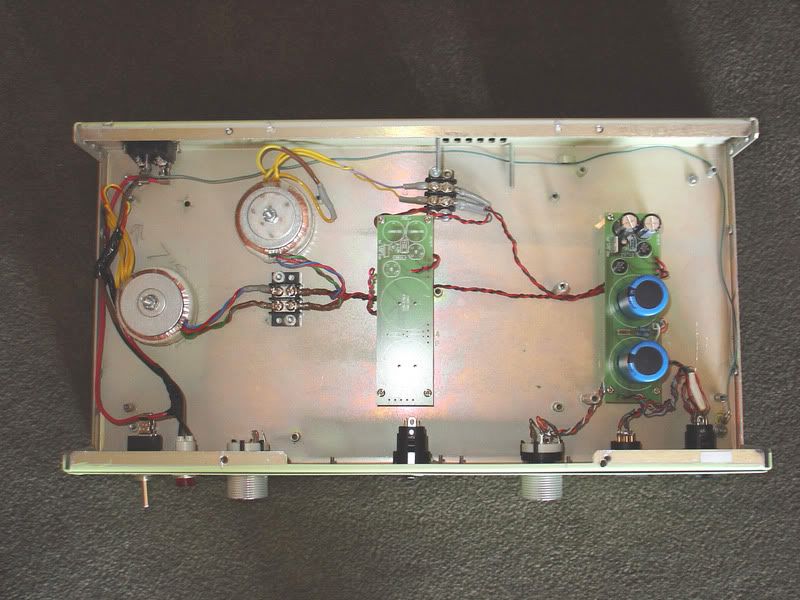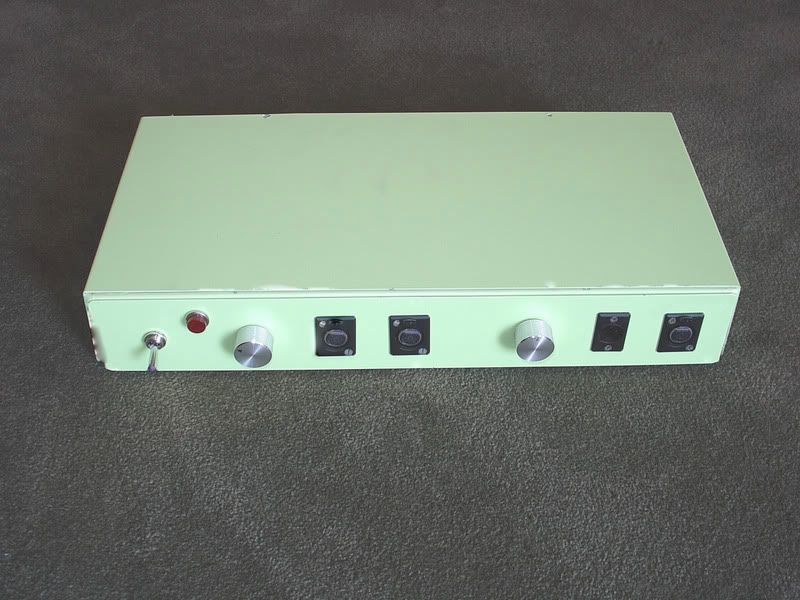seavote
Well-known member
i'm building the royer mxl2001 tube mic mod. i want to mod a G7 tube mic psu to use for this project. the G7 B+V is 160. The royer needs only about !00Vs for B+. Schematics are here:
Royer
http://www.prosoundweb.com/recording/tapeop/tube_mic_25_3.shtml
Gyraf G7
http://www.gyraf.dk/gy_pd/g7/gic_s.gif
this is a plan i have but i dont know that it will really work the way i want to "cut and paste" it into the circuit:
http://i140.photobucket.com/albums/r34/seavote/zenershunt.jpg
the 20m will be a 20k and will replace the 10k resistor on the g7 psu . i've sourced 51V .5 watt zener diodes(in series to make 102V) and the 10k capacitor will be the existing 470Uf cap on the G7 schematic. i plan on wiring the diode between the 20k resistor and the 470uf cap (- side) on the underside of the pcb. i'm posting to check if this zener shunt is implemented correctly in this circuit. thanks for any suggestions, explanations ,theories etc.
Royer
http://www.prosoundweb.com/recording/tapeop/tube_mic_25_3.shtml
Gyraf G7
http://www.gyraf.dk/gy_pd/g7/gic_s.gif
this is a plan i have but i dont know that it will really work the way i want to "cut and paste" it into the circuit:
http://i140.photobucket.com/albums/r34/seavote/zenershunt.jpg
the 20m will be a 20k and will replace the 10k resistor on the g7 psu . i've sourced 51V .5 watt zener diodes(in series to make 102V) and the 10k capacitor will be the existing 470Uf cap on the G7 schematic. i plan on wiring the diode between the 20k resistor and the 470uf cap (- side) on the underside of the pcb. i'm posting to check if this zener shunt is implemented correctly in this circuit. thanks for any suggestions, explanations ,theories etc.



































